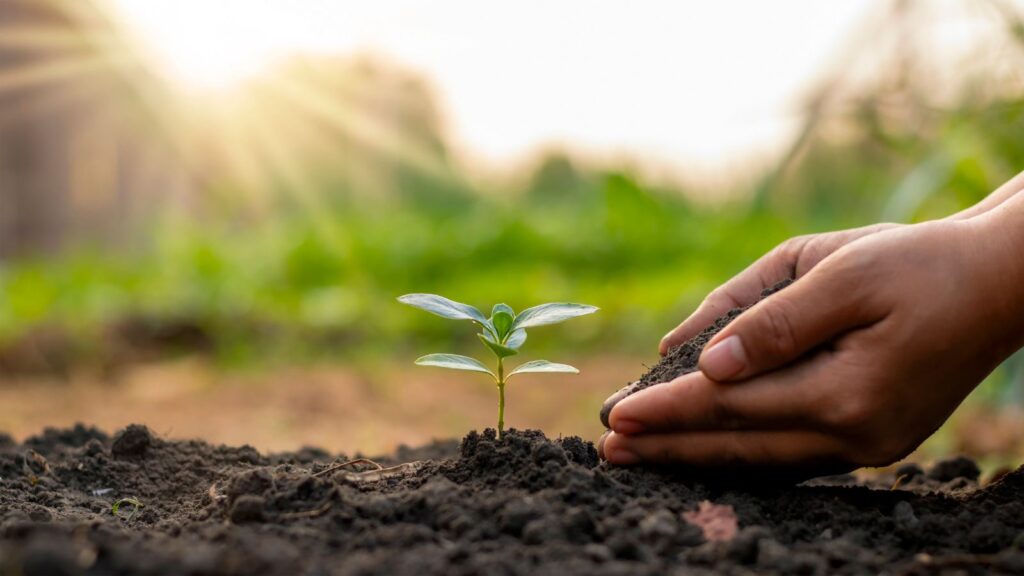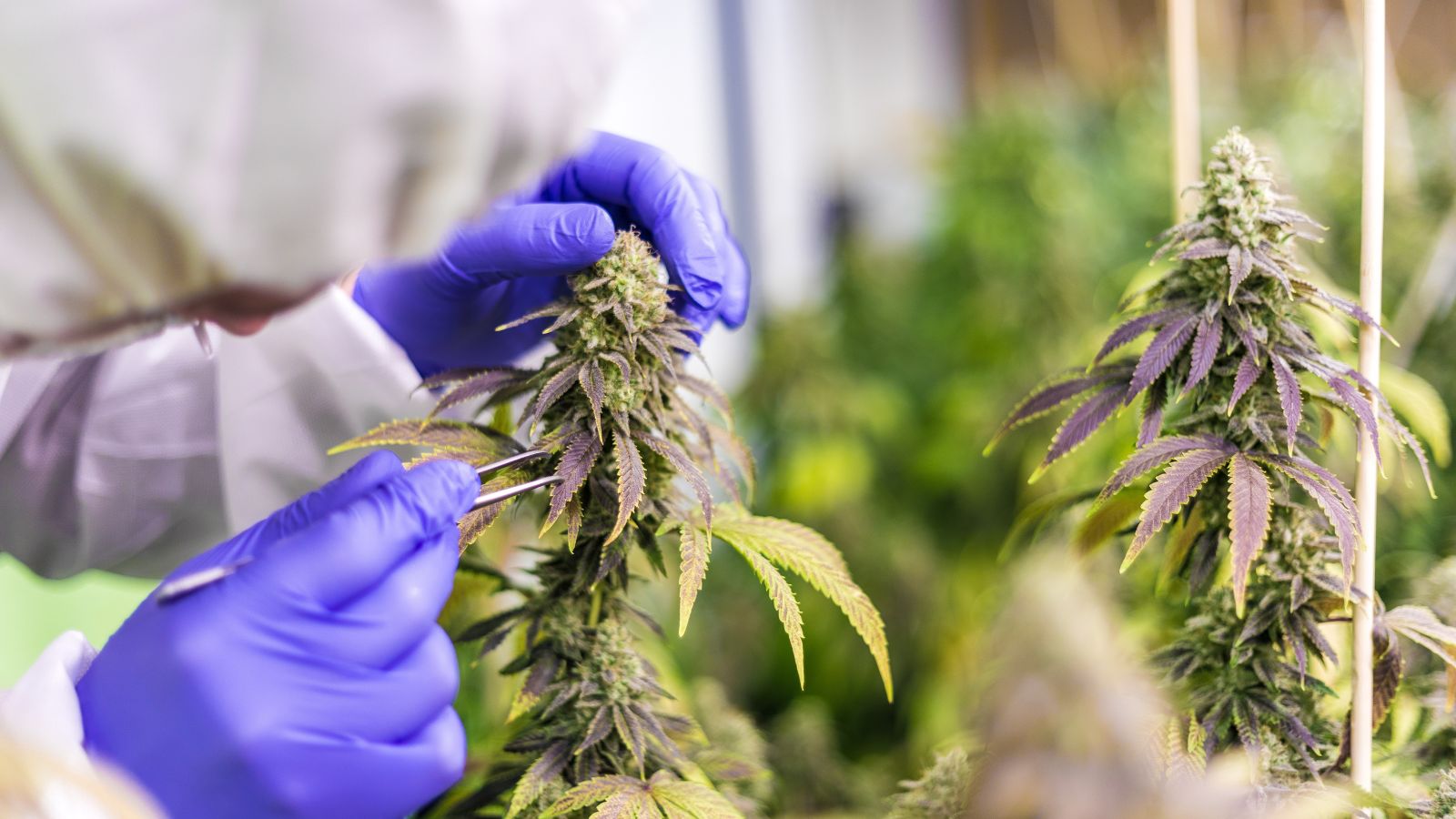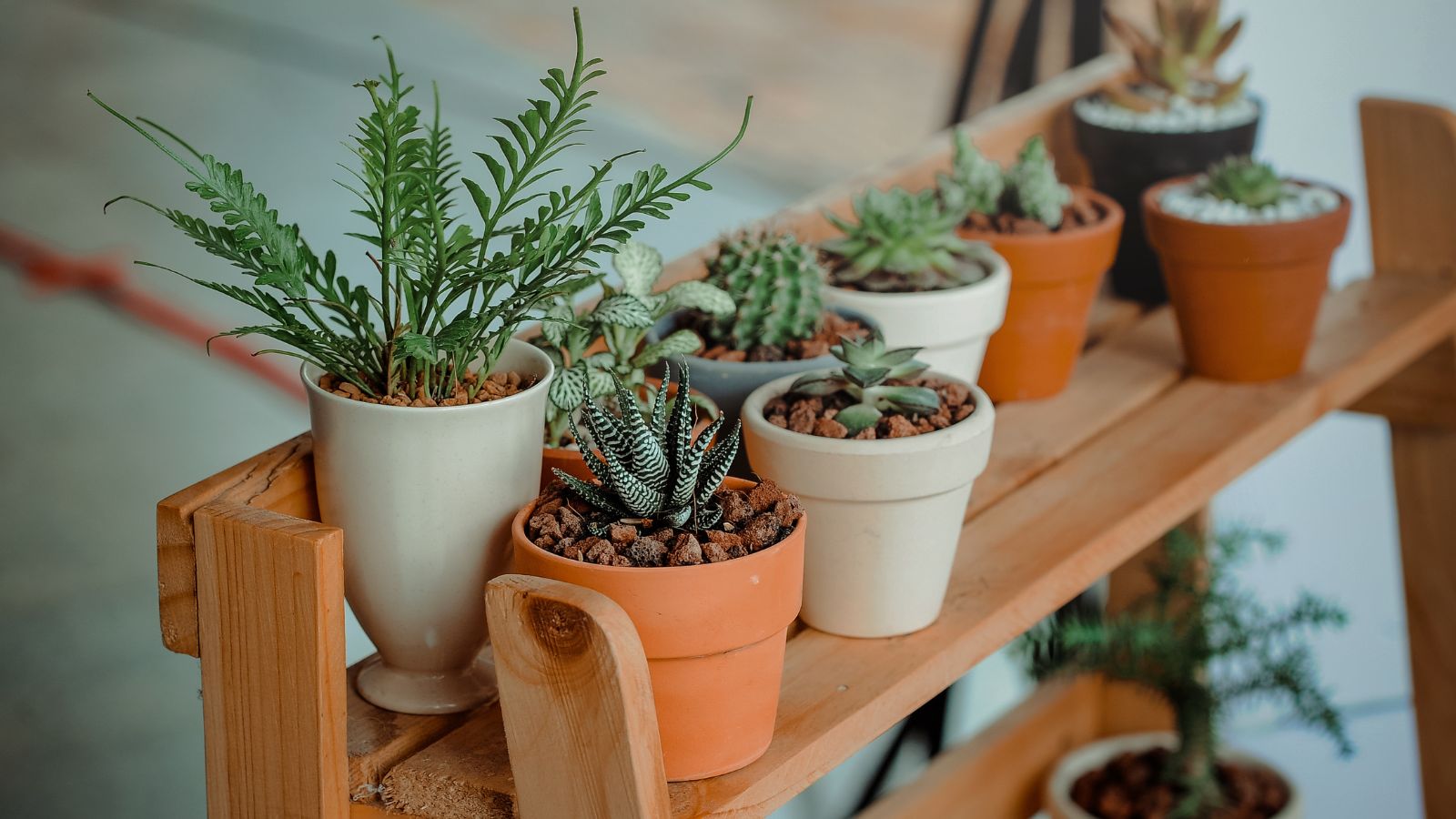
When growing plants, growers want to ensure they are healthy, stress-free, and growing as desired to get the best yield and quality. The emergence of hermaphrodite plants, or “hermies,” is one difficulty that growers can face.
Cannabis plants are usually bisexual, which means they can develop as male or female. Female plants produce cannabinoid-rich flowers, whereas male plants make pollen for reproduction. A hermaphroditic cannabis plant can fertilize itself or other female plants, creating seeds in the buds.
Growcycle provides a guide to identify the early signs of hermie plant. Growers can control hermaphroditism and keep their crops healthy and productive by understanding the causes and early detection.
Hermie Plant
Why Hermaphroditism Is A Problem?
Hermaphroditic plants can self-pollinate or pollinate nearby female plants. This process, known as seeding, significantly affects the quality and quantity of the harvest:
- Reduced Potential: Seed production uses energy that would have been used to create buds high in cannabinoids.
- Lower Yield: Pollinated buds are less crowded and flavorful than unpollinated buds, resulting in lower yield.
- Crop Contamination: An whole grow area can be pollinated by a single hermie plant, resulting in an insufficient crop.
Causes Of Hermaphroditism In Cannabis
Hermaphroditism in cannabis can be caused by either the role of genes or environmental stress. Growers can take preventative measures by understanding these causes.
Genetic Factors
The genetic structure of some cannabis strains makes them less resistant to hermaphroditism. Under stress, hybrid strains, especially those crossed with unstable genetics, are more likely to show male and female characteristics. This risk can be reduced by choosing seeds from trusted breeders who value stable genetics. One reliable option for growers is the Autoflower Seeds, which are bred to be resilient and less prone to environmental stressors that can trigger hermaphroditism.
Environmental Factors
Stress is one of the most common causes of hermaphroditism. Cannabis plants are highly sensitive to their environment, and any significant stress during their lifecycle can cause them to develop hermaphroditic traits. Common factors include:
- Light Stress: unusual light periods, problems during the dark period, or sudden changes in light intensity can upset the plant’s hormonal balance.
- Temperature Extremes: Plants can be stressed by long winters or consistently high temperatures above 85°F.
- Nutrient Imbalance: excessive amounts of nutrients or even lower amounts can result in stress and cause hermaphroditism.
Physical Damage
Pruning, topping, or accidental branch breakage can stress the plant, especially during flowering. Under these conditions, cannabis plants can develop hermaphroditism.
Extended Flowering Periods
When cannabis plants’ flowering periods are extended beyond their natural maturity, male flowers can sometimes develop.
Hermie plant
Early Signs Of Hermaphroditism
To prevent hermaphrodite plants from pollinating other plants in the area, it is important to spot them early. Growers can either separate or remove the plant before it creates problems. Here are some early signs to look for:
Appearance of Male Pollen Sacs
The first and most common indicator of hermaphroditism is the formation of male pollen sacs. These sacs are small, round, and resemble tiny balls. They typically form at the nodes, where the branches meet the main stem. Female plants will form calyxes, which are more elongated and often have hair-like pistils emerging from them.
In contrast, male pollen sacs are smooth and round and lack pistils. Look closely at the nodes, especially during the early flowering stage when reproductive organs develop. Use a magnifying glass for detailed observation.
Development of “Bananas”
“Bananas” are another common sign of hermaphroditism. These are exposed male stamens that grow within the female flowers or buds. Unlike pollen sacs, bananas do not have an outer shell and can release pollen immediately upon development.
Bananas are thin, elongated, and yellow, resembling the shape of a tiny banana. They are more challenging to identify without close examination because they usually develop from inside the bud structure. Since bananas don’t need to mature to release pollen, they can fertilize other plants quickly. This makes them an urgent issue for growers.
Mixed Growth
Hermaphroditic plants can display male and female reproductive organs on the same plant or even within the same flower. Affected plants may show pistils and pollen sacs at the same node.
In some cases, pistils may grow directly next to bananas or sacs, creating a mixed-gender appearance. Examine multiple nodes across the plant to ensure that early female calyxes are not mistaken for pollen sacs. Pistils are white and thin, while pollen sacs are round and solid.
Abnormal Bud Development
Hermaphroditism can cause buds to grow unevenly. A lack of structure in the buds and abnormal growth patterns, such as an uneven or disorganized bud, are frequently visible compared to others on the plant.
The plant’s energy is divided between developing female flowers and male reproductive organs, leading to uneven growth.
Hermie plant
How To Manage Hermaphroditic Plants?
Despite a grower’s best efforts, hermaphroditism can still occur. It is essential to know how to manage affected plants to minimize damage to the rest of the crop.
1. Early Detection and Isolation
Regularly inspect plants during the flowering stage for signs of male structures. If a hermie plant is identified, isolate it immediately to prevent cross-pollination.
2. Selective Removal
If only a few male pollen sacs are present, carefully remove them using the clean tool. Avoid rupturing the sacs, as this can release pollen into the growing area.
3. Complete Removal
For heavily hermaphroditic plants, it is often best to remove and dispose of them thoroughly. The risk of pollination usually exceeds the benefit of keeping them in the grow space.
Faqs
Can environmental factors alone cause a plant to hermie, even with stable genetics?
Even plants with stable genetics can become hermaphroditic if exposed to extreme or prolonged stress.
Environmental factors such as temperature fluctuations, light leaks, or nutrient imbalances are significant.
Is hermaphroditism reversible?
Once a plant shows hermaphroditic traits, it cannot be reversed.
Can stress during the vegetative stage cause hermaphroditism?
Stress during the vegetative stage is less likely to cause hermaphroditism. However, stress during the flowering stage is a significant cause.
The Bottom Line
Every grower must be ready to address the problem of “hermies,” or hermaphrodite plants. Awareness of the causes, observation of early indications, and preventative action can significantly decrease the possibility of encountering this problem.
Growcycle recommends keeping conditions ideal for growth, reducing stress, and using quality seeds. With proper care and attention, the risks associated with hermie plants can be significantly prevented, resulting in a successful and productive harvest.












